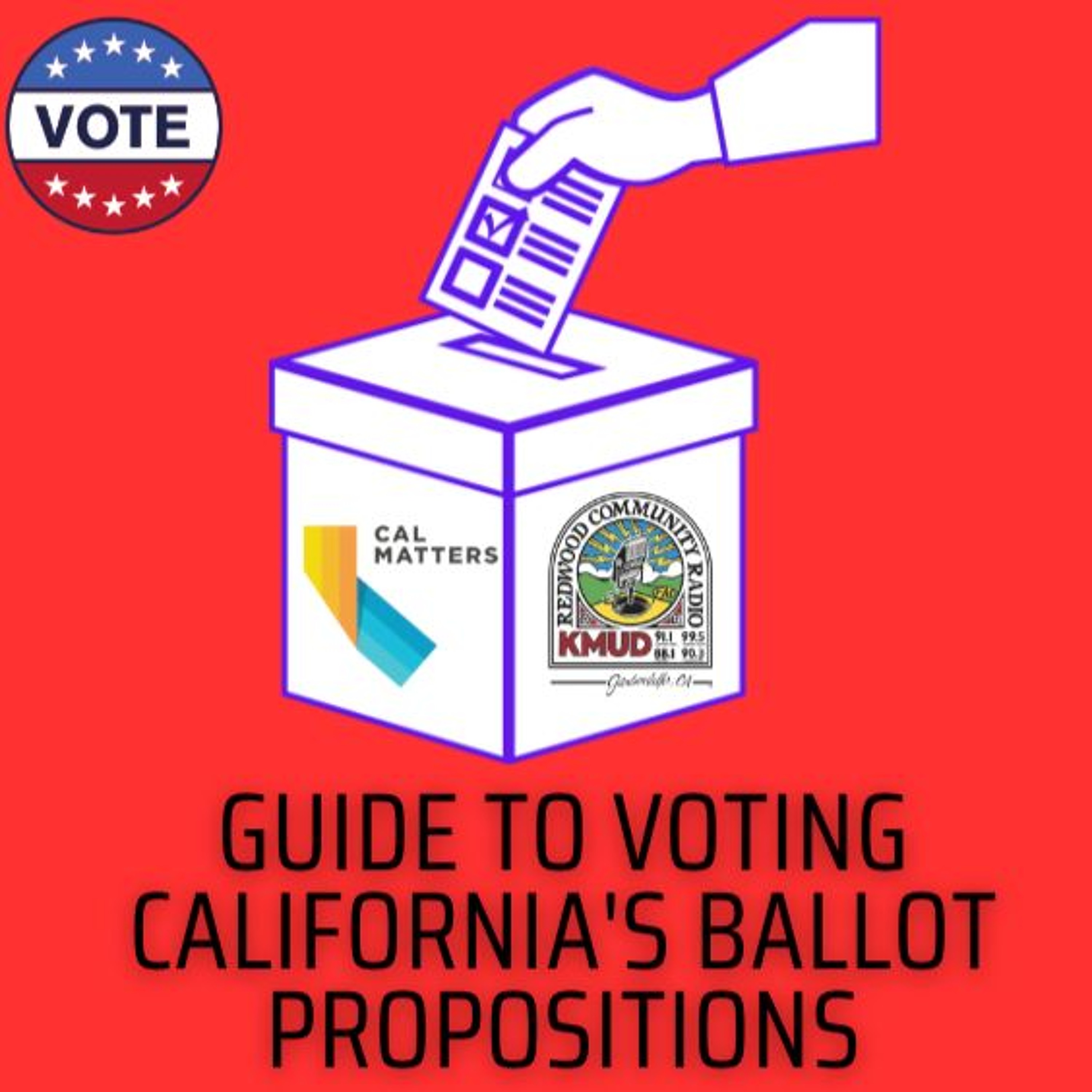Episode Transcript
[00:00:00] Speaker A: Humboldt County's Planning Commission is recommending approval of an ambitious regional climate action plan.
But a greenhouse gas emission threshold came under intense debate and didn't gain consensus.
The plan covers the entire county and maps a path to carbon neutrality by 2045.
It targets various transportation and development activities for reducing emissions and has 12 strategies.
[00:00:27] Speaker B: For doing it, including the cornerstone measure of creating a regional climate coalition and decarbonization of existing and new construction.
[00:00:40] Speaker A: But at the October 16 Commission meeting.
[00:00:42] Speaker B: The plan's moving parts got far less debate than its most sweeping measure, setting.
[00:00:48] Speaker A: A total greenhouse gas emission threshold.
[00:00:51] Speaker B: Measured in metric tons per resident, the.
[00:00:54] Speaker A: Threshold provides a basis for evaluating whether.
[00:00:56] Speaker B: Development projects will have significant impact under.
[00:01:00] Speaker A: The California Environmental Quality act. Ceqa, an original threshold was re evaluated by Rincon Consultants Incorporated, which concluded it was too permissive.
[00:01:12] Speaker B: Rincon's recommendation is to reduce it by 50%.
[00:01:16] Speaker A: But Commission Chair Ivar Skavdal led a charge against the scale of the recommended reduction, as shown in this exchange with.
[00:01:24] Speaker B: Planning Director John Ford.
[00:01:26] Speaker C: The question is, with the real lack of growth that we have in Humboldt county, what contribution to meeting our greenhouse gas goal emission goals is going to come from a reduction in the criteria of new new construction? And I say it's going to be insignificant.
So why are we putting more and more pressure on future developers when in fact their contribution to our meeting this goal is negligible?
[00:01:57] Speaker D: Commissioner Skavdal, you are absolutely correct. The percentage of the reduction that comes out of development is relatively small in comparison to the other things that we're pursuing.
[00:02:09] Speaker C: It is. So why are we telling them one more time we're just going to throw a little bit more on your back?
[00:02:14] Speaker A: There were two other options besides the.
[00:02:17] Speaker B: 50% reduction, a 25% reduction and sticking with the original calculation.
[00:02:24] Speaker A: Skavdal noted that the county was setting.
[00:02:26] Speaker B: Precedent when work on the climate action plan began six years ago and asked.
[00:02:31] Speaker A: If any other counties have done similar work, associate planner Megan Acevedo said the.
[00:02:37] Speaker B: Only one is Santa Barbara County.
Use of Santa Barbara county as an.
[00:02:42] Speaker A: Example provided, quote, a justification for reducing.
[00:02:46] Speaker B: Our thresholds but by 50%, she continued.
[00:02:49] Speaker A: And during a public comment period, Melody Meyer, an environmental attorney with the Redwood Coalition for Climate and Environmental Responsibility, said.
[00:02:59] Speaker B: Not lowering the threshold would violate environmental law.
[00:03:04] Speaker E: CEQA does not allow agencies to weaken a significant threshold after circulation and then assume that the environmental consequences are unchanged by definition. Raising the threshold makes it easier for future projects to avoid a significant finding, which increases the project's environmental impacts relative to what the EIR disclosed.
[00:03:27] Speaker A: Calling in a member of Rincon, said the threshold is a broad standard and doesn't, quote, result in direct construction or operational impacts.
But there would be more debate about that between Commissioner Peggy o' Neill Skavdal.
[00:03:42] Speaker B: And Commissioner Jerome Kiriazzi.
[00:03:45] Speaker F: I feel amiss to vote for something that I don't understand what the impacts are going to be. And we're going to be totally.
[00:03:53] Speaker G: You know, you can build luxury homes and put a Tesla in every garage.
[00:03:59] Speaker F: And you'll meet it and live in Santa Barbara.
[00:04:01] Speaker H: The impacts are going to be that. The impact is going to be climate change if we don't vote on this.
[00:04:06] Speaker F: I get that. I'm not against that. You know, working on that, but I.
[00:04:10] Speaker H: Understand then you're not going to do.
[00:04:12] Speaker F: Anything is my point.
[00:04:13] Speaker H: So the fact that this is hard and the fact that this is expensive is technically not.
[00:04:20] Speaker G: This debate that we're having about this got this much to do with climate change.
[00:04:27] Speaker H: It does.
So I'll go back to.
[00:04:29] Speaker G: It makes you feel good, and it might make you feel good that you're doing something about climate change, but the amount of development that we're talking about here, you can do more for climate change with reasonable objectives.
[00:04:44] Speaker A: A compromise of reducing the threshold by.
[00:04:46] Speaker B: 25% instead of 50 gained consensus, though Kiriazi paused in thought before joining the majority vote.
[00:04:55] Speaker A: It was 4 to 1 in favor of recommending approval of the plan to.
[00:04:58] Speaker B: The Board of Supervisors.
[00:05:00] Speaker A: Commissioner Sarah west voted against, as she.
[00:05:04] Speaker B: Supports sticking to the 50% reduction. Commissioners Noah Levy and Thomas Mulder were absent in Eureka. For KMUD News, this is Daniel Mintz.


